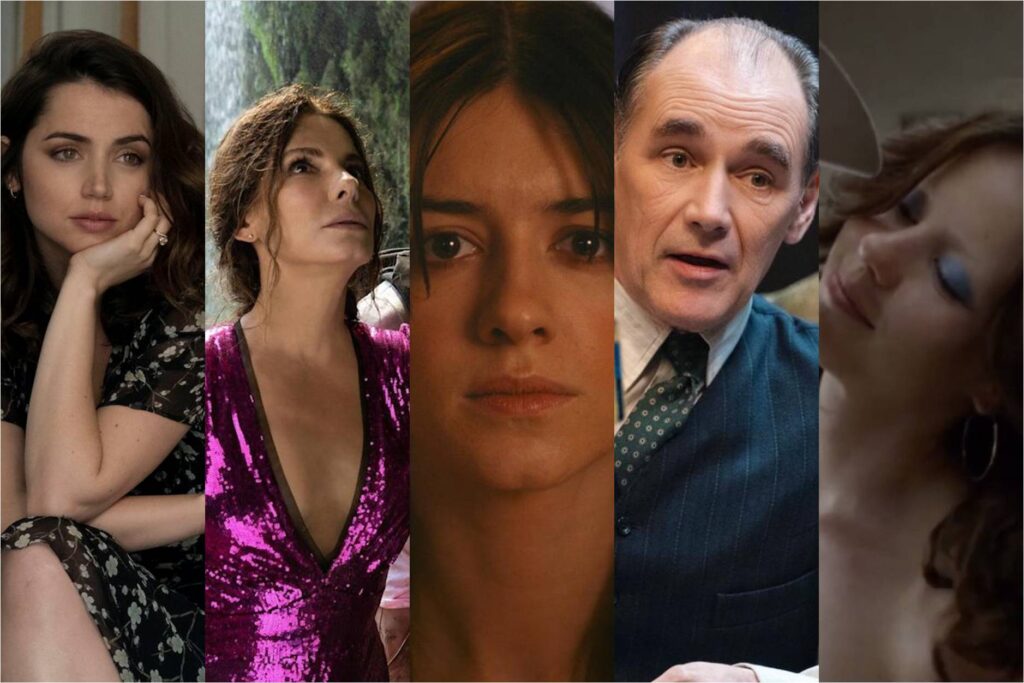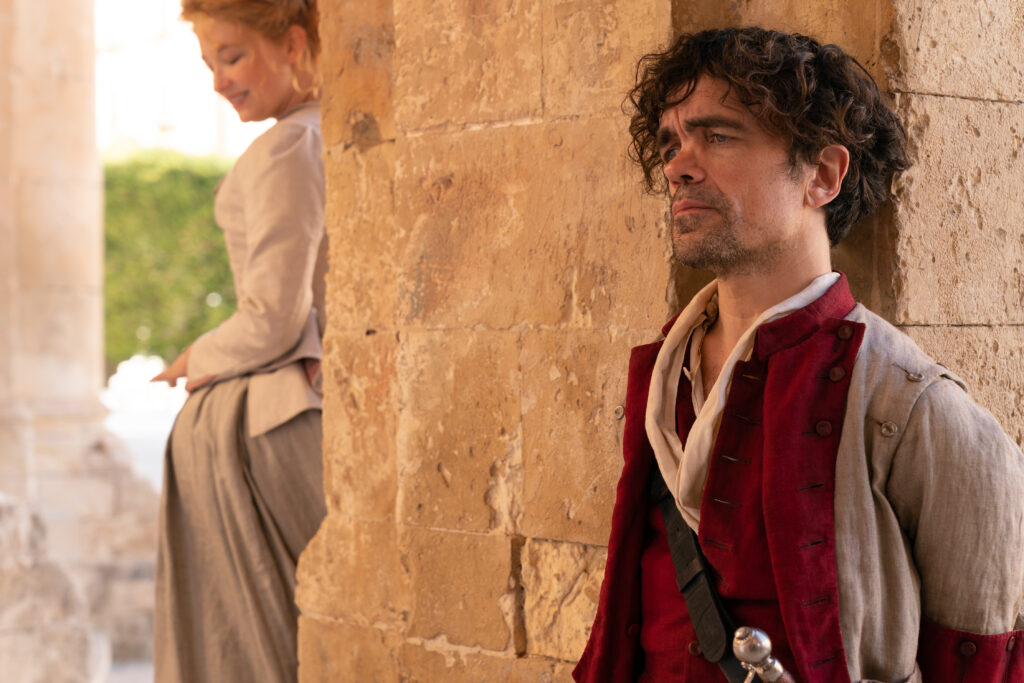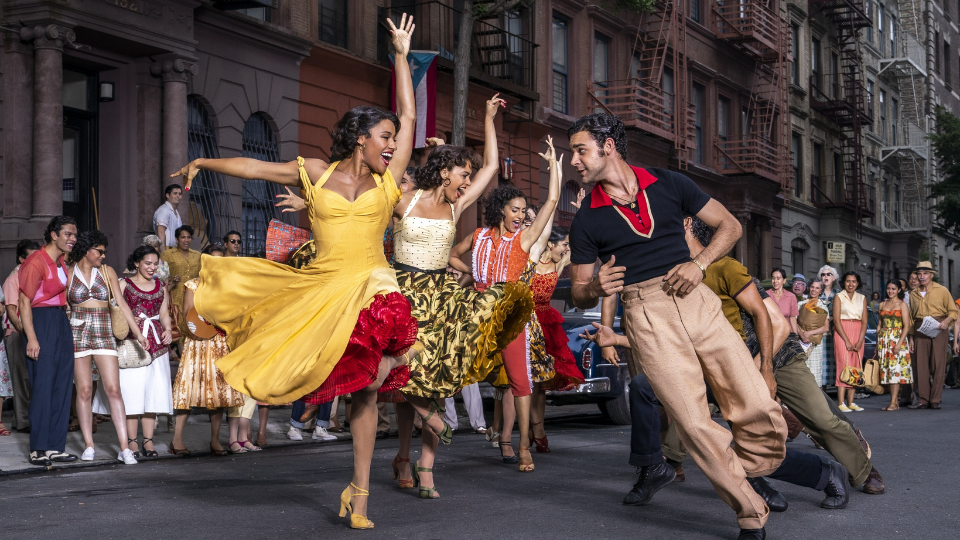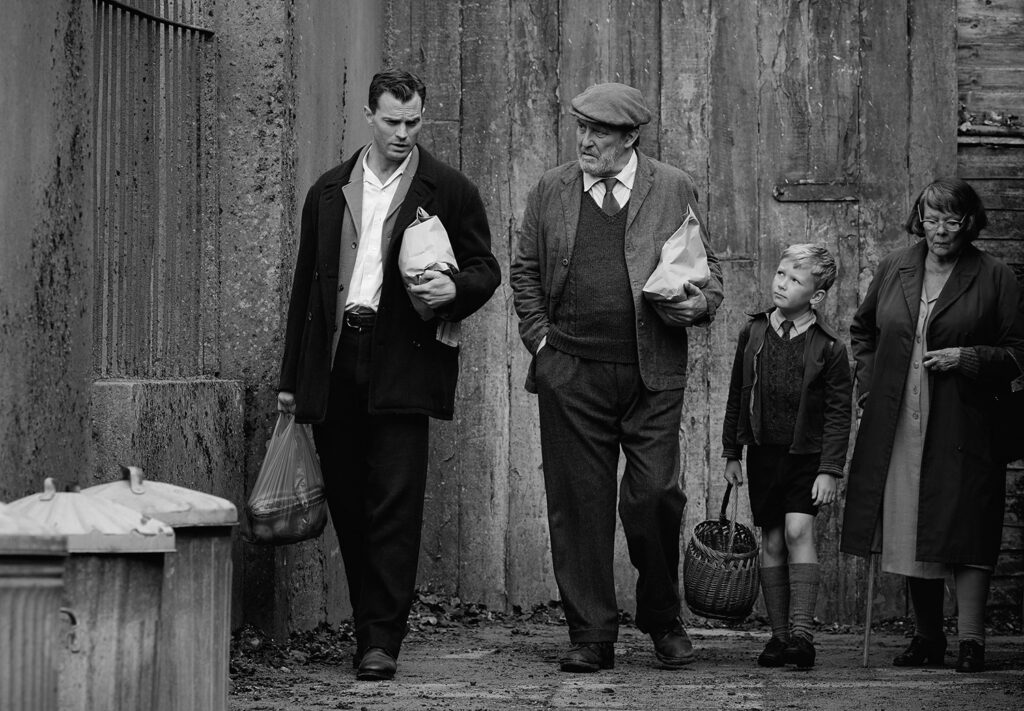The Northman: It Takes a Pillage to Faze a Child
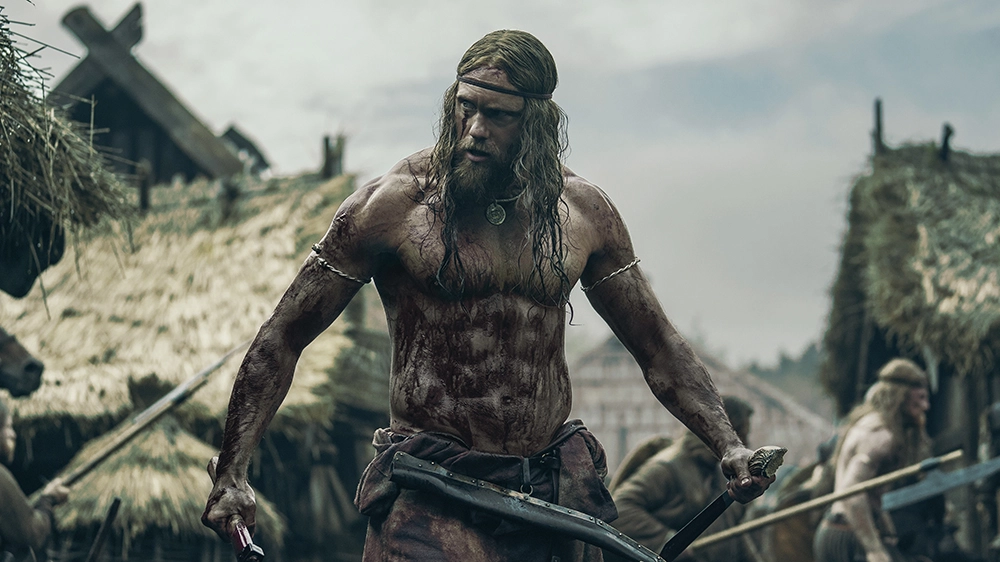
Awesome in multiple senses of the word, Robert Eggers’ The Northman is a swaggering, delirious monument to cinematic excess. It’s difficult to select a single scene that best encapsulates its bravura decadence—the moonlit swordfight against a skeleton? the hallucinogen-aided bonding session where father and son bark and howl like feral dogs? the fiery duel at the literal gates of Hell?—but I’m partial to the early sequence where a Viking warrior fells a helpless adversary with his axe and then, having already vanquished his hapless foe, bends down and sinks his teeth into the dying man’s neck.
This unchecked, animalistic ferocity is part of what animates The Northman, which is noteworthy for its sheer frenzy alone; on the surface, it seems to have been constructed purely to inspire giddy instant reactions along the lines of, “omg u guyz this movie FUCKS.” (A quick Twitter search confirms its success in this regard.) Yet look past the blood-soaked savagery on display, and you will discover that there is something more sophisticated at play here. I don’t mean to minimize the berserk (and berserker?) quality of the film’s content, or to imply that its straightforward themes of vengeance and obsession stretch beyond the obvious. What I mean is that, for all its gonzo energy, as a piece of aesthetic craftsmanship, The Northman is absolutely beautiful. Read More

